What is the tastevin?
The Tastevin is one of the tools of the sommelier's profession. This valid companion of a thousand tastings appeared almost two centuries ago, precisely in France. The accurate and elegant design is not an end in itself but has a very specific function.
Its use was quite widespread between the 19th and 20th centuries. Today, it is considered the emblem of the figure of the sommelier who, with the tastevin around his neck, inspires professionalism and preparation in the wine-tasting field.
The materials with which it is made are many but all have characteristics of resistance, manual skills and visual efficiency. At that time, in fact, tools were needed that did not break when traveling on horseback.
No wine goes unnoticed: whites, reds and rosés entrust their secrets to the tastevin and its ability to grasp its essence. So let's get to know better this jewel that every sommelier and wine professional wants to have around his neck. It, in the collective imagination, testifies to the long experience in the field of wine.
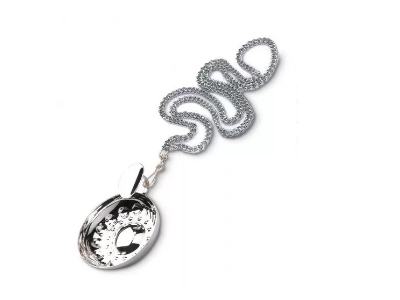
History of the Tastevin
Wine tasting cups are present from thousands of years ago as if to testify to the passion for the nectar of the gods, nourished by man over time. The history of the tastevin, as we know it today, begins in France, a land of production of great wines and great tasters.
Its particular bowl shape made it practical to use by associating resistance and efficiency. It was made mostly of silver or silver-plated metal. The predilection for this material was due to the ability to refract well the light necessary to identify its color.
The first tastevin in the history of tasting was called Bordolese since it was created in Burgundy. It had a circular shape and a central ogive and was without a handle or chain. The most famous tastevin, however, is the Borgognone. It has a diameter of 8cm and a depth of 2cm.
The shape of the tastevin is studied in order to make the visual analysis of the wine effective. A game of levels and reliefs have a very specific function that allows the sommelier to read the color of the wine. In the center there is a large bubble whose cusp marks the quantity of wine that must never exceed a certain level.
Around 14 small bubbles are arranged in a crown that have the purpose of promoting oxygenation of the wine. On the right then we find 8 concave pearls that are used for the visual analysis of red wines. While on the left, the 17 ribs serve to highlight the nuances of white wines. Finally, the use of silver allows good oxygenation of wines, especially whites as it favors the rapid dissolving in sulfur dioxide.
How to use the tastevin
The use of the tastevin follows a particular ritual in order to give the right visual evaluation to the wines. The first models did not have a chain and handle, the current ones have a chain that goes around the neck.
The tasting ritual was different for the two types of wine. For the analysis of the white the tastevin was held with the left hand and the wine was poured with the right hand. For the red, however, the tastevin was held with the right hand and the wine was poured with the left.
Over time and with the need to conduct more accurate analyzes, it was realized that the open form of the tastevin was not suitable for the evaluation of the olfactory aspect. The perfumes, in fact, flew away quite quickly, leaving no time to grasp the olfactory sensations. For this reason, today we prefer to use the crystal wine tasting glass able to perform all the functions necessary for formulating a complete judgment on the wine.
Tastevin: gift idea for fans
Crystal wine glasses have certainly supplanted the tastevin by replacing it during wine tastings. As many will know, however, the history of wine fascinates connoisseurs and enthusiasts who never fail to read and reread anecdotes and stories about this product that is the fruit of the vine.
The experience of the sommelier, in fact, is not only tasting but also knowledge of the past and of the techniques that have allowed us to savor wine as we know it today.
For this reason, the tastevin is still an ever-present tool. Keeping an accessory that, however, has made history is one of the greatest satisfactions of those who love the nectar of the gods.
We have the possibility to supply silver plated steel tastevin with personalized chain to pay homage to members or students of courses and seminars. The porcelain model with platinum decoration can be the perfect gift for clients or for students at the end of the course who have followed the lessons with a lot of passion.
Gift boxes make the gift even more precious. Wine merchants, restaurateurs, tasters and sommeliers are the potential recipients of such a precious product. The prestige of the tastevin comes from its original function and from the desire to discover its secrets by the man who has always been fascinated by this changing product, year after year.


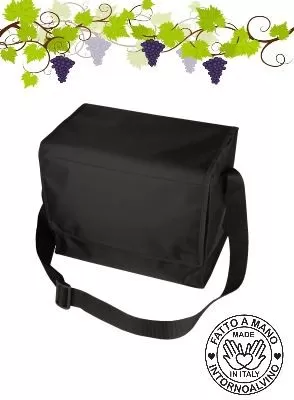
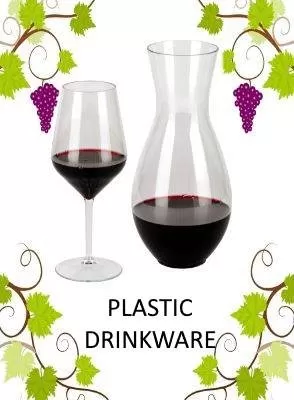
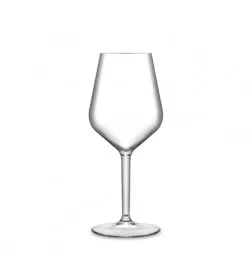

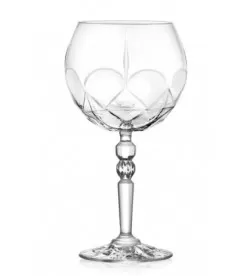



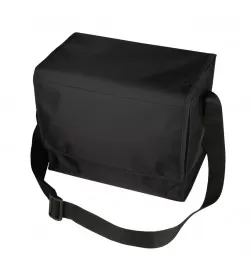


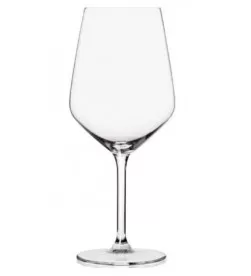
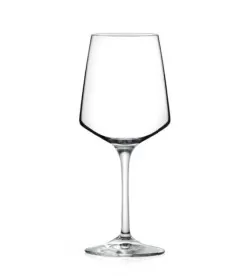
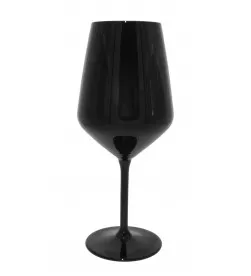


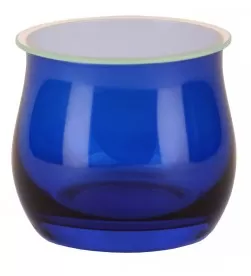
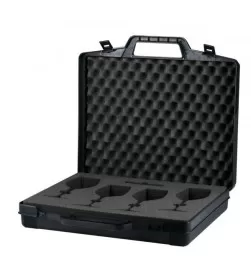

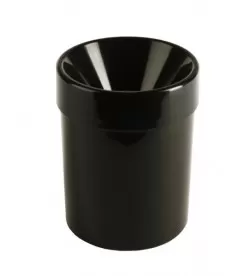
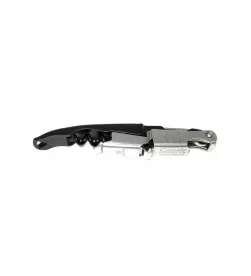



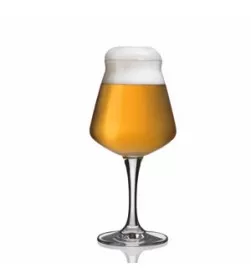

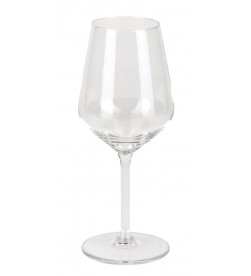

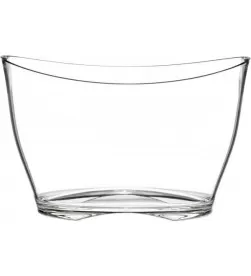


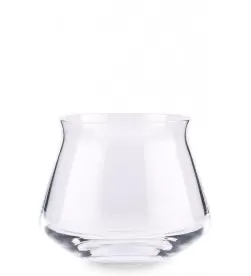

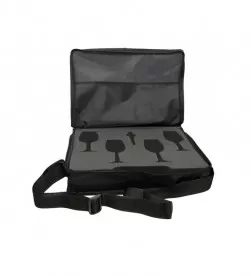

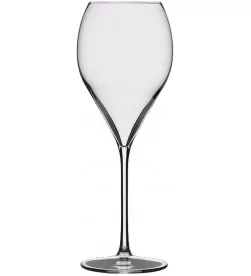

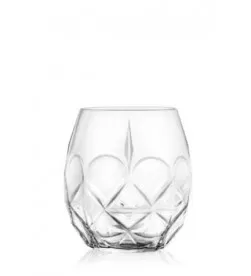

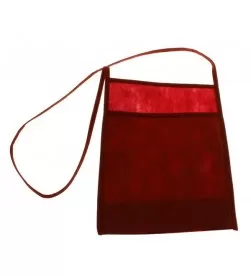


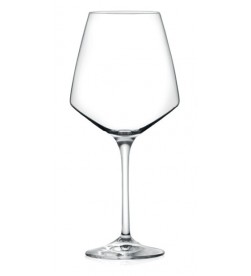

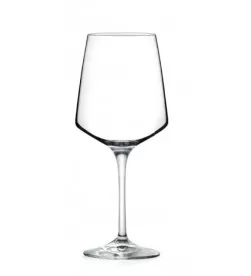

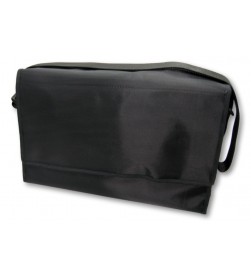



 Tasting
Tasting
 The sommelier's tools
The sommelier's tools
 Tasting events
Tasting events
 Crystal glasses and stemware: that subtle transparency
Crystal glasses and stemware: that subtle transparency
 Personalized Plastic Glasses: Quality, Design with Plastic Glasses
Personalized Plastic Glasses: Quality, Design with Plastic Glasses
 Cantine Aperte at Christmas: Wine Tasting
Cantine Aperte at Christmas: Wine Tasting
 Back to School: Learning to Taste Wine Properly
Back to School: Learning to Taste Wine Properly
 September: The Month of Harvest and Gastronomic Events
September: The Month of Harvest and Gastronomic Events